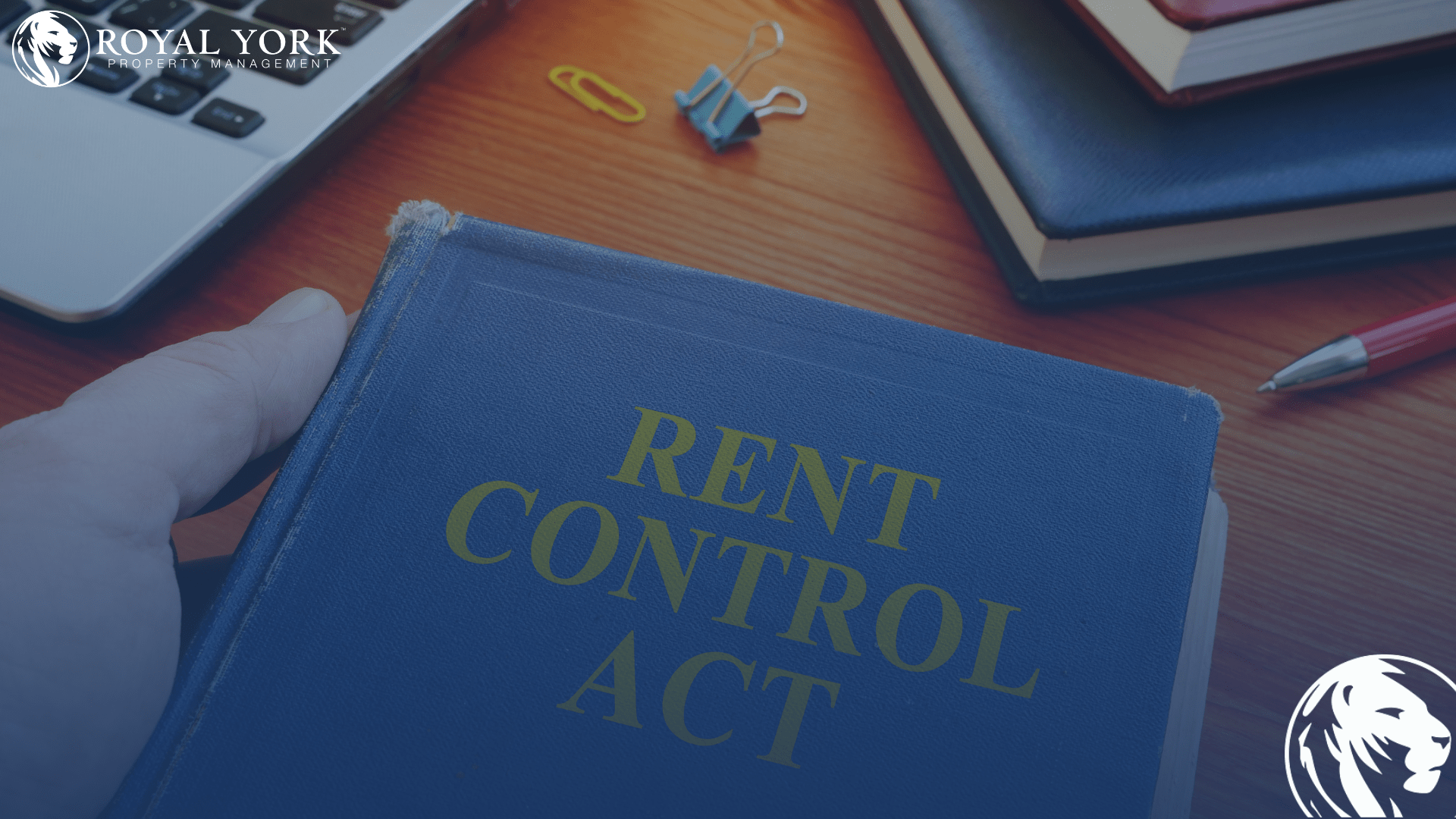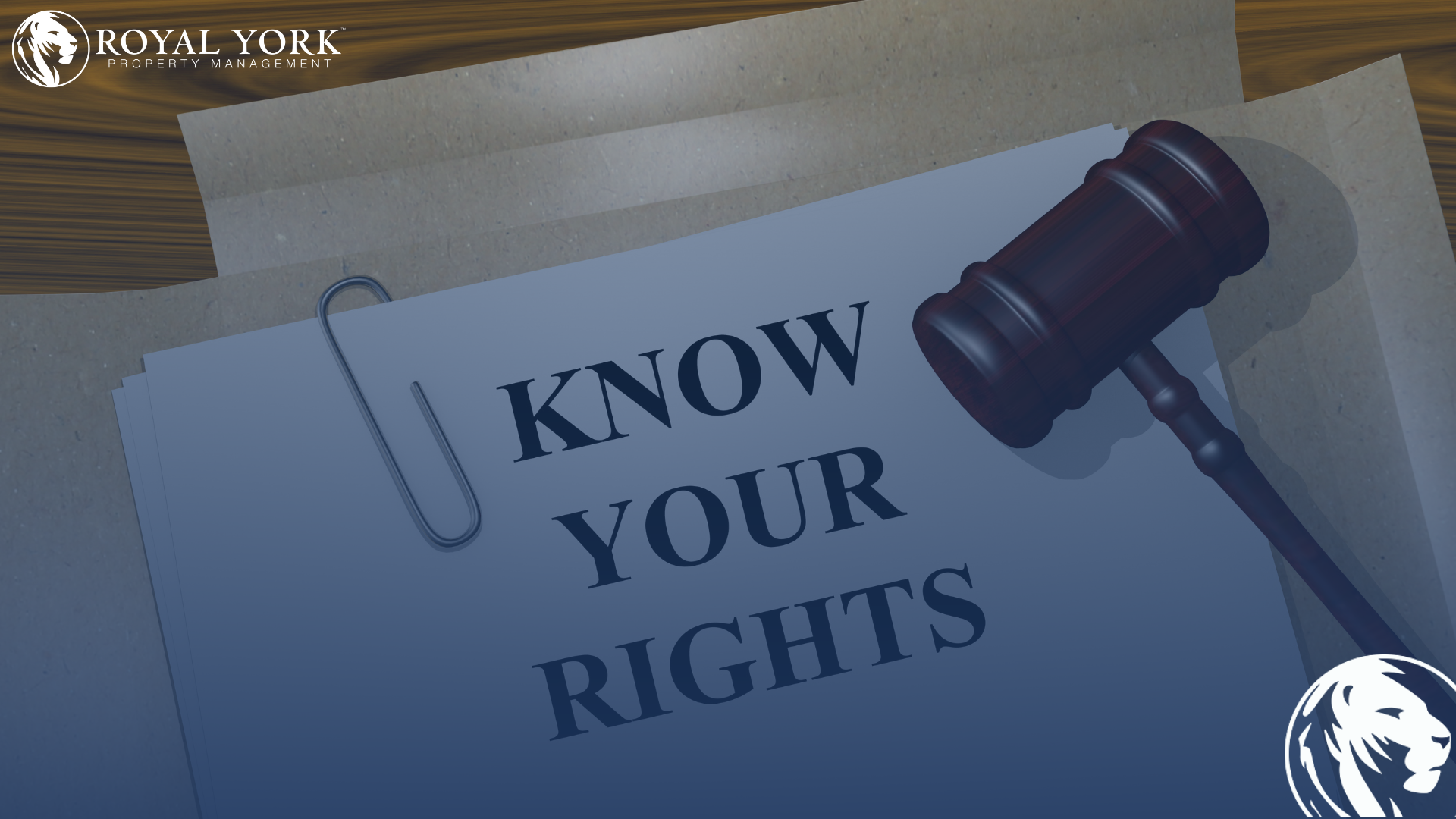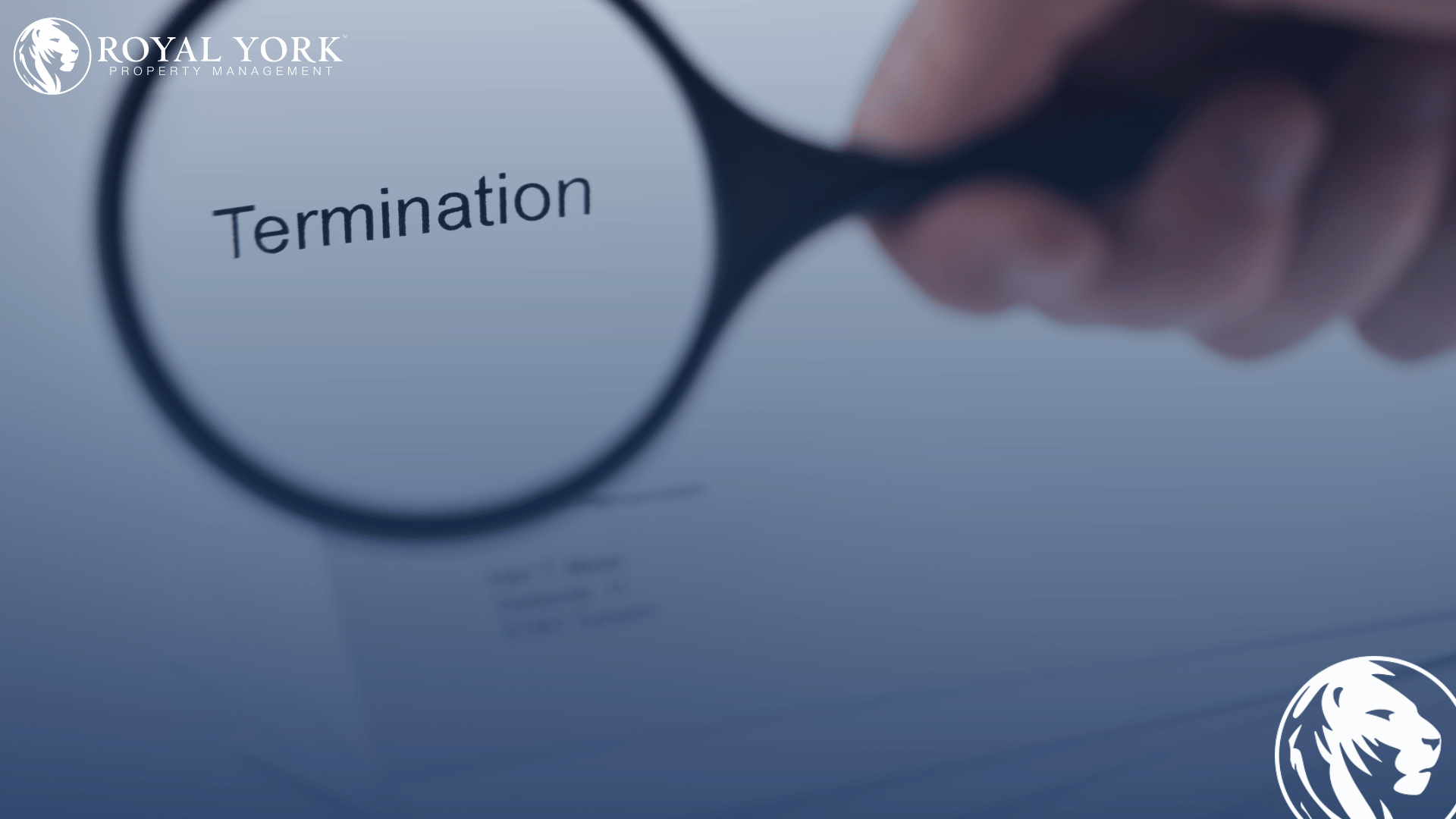
May 05, 2022
Real Estate News
RYPM
Voters in Ontario will pass judgment on the government of Doug Ford and the Progressive Conservatives on June
2 but the race that will officially begin Wednesday is one that should interest
voters across Canada.
Every Ontario
election, of course, has some national significance. After all, Ontario has
more than one-third of the entire country’s federal electoral districts.
But this particular Ontario election comes at a time when the choices the three major Ontario parties make in the next few weeks could influence the direction of their federal cousins.
Ontario’s political geography is almost certain to shift from 2018, the election in which the Ontario Liberals suffered one of the greatest defeats in all of Canada’s electoral history, plunging from a majority in the legislature to third place and losing party status. And as Ontario’s political geography shifts, that can impact Canada’s political geography.
“What’s remarkable about the Ontario election is actually
the volatility that we’re seeing between what happened last time and what is likely
to happen this time,” said Sean Simpson, vice-president for polling firm Ipsos.
“Federally, we’ve been locked in this sort of semi-permanent state of tie popular vote now for a couple of years. That’s not the case in Ontario. There’s actually been a lot of fluctuation in the last four years since the 2018 election.”
The federal Conservatives, of course, are in the midst of a leadership race where one of the clear fault lines between candidates is whether to broaden the base or simply win the base. For many federal Conservative party members, particularly many in Western Canada, the phrase “moderate Conservative” is a pejorative, something you call your enemy and not your friend.
And yet, there’s Ford, never known as particularly ideological, presenting himself to Ontario voters as a folksy middle-of-the-road incumbent. If he wins back-to-back majorities as a moderate conservative in a province where the federal Conservatives have face-planted for three consecutive federal elections, how can Ford’s lesson not be one that could impact the discussion in the federal leadership race?
“Clearly, there are elements of … a more moderate
conservative policy and ethos that are resonating within Ontario, particularly
in the ‘905.’ It’s almost impossible to win without that,” Simpson said.
“And so they’ll have to position themselves accordingly.
Now, if Pierre Poilievre wins the Conservative race, the Liberals will actually
have some room to move to the right and perhaps attract some of those current
Tory voters who aren’t aligned with a swing to the right.
“So the provincial election does not exist in a vacuum. There are many other considerations at play here and I think most notably for the federal Tory leadership race. And I think a lot of people will be paying attention to this election as a result.”
A Ford majority win on June 2 may also give the Trudeau
Liberals some pause since Ontario has been the backbone of each government they
formed since that first win in 2015. The Liberals have dominated Ontario under
Trudeau, winning 78, 79, and 80 of Ontario’s 121 seats in elections where the
Conservatives were led by, respectively, Erin O’Toole, Andrew Scheer, and
Stephen Harper. If the same voters pick Ford, there will certainly be some
Liberal backbenchers who will wonder if the federal party’s left-ward tilt
towards the New Democrats is the right approach. (In fact: Some Liberal
backbenchers are already questioning Justin Trudeau’s coziness with federal NDP
leader Jagmeet Singh).
One could argue that Kathleen Wynne sowed the seeds of that
historic 2018 loss by ignoring too many “blue Liberals” and plowing ahead too
far to the left. Could Trudeau be doing the same thing now?
Meanwhile, what about the New Democrats?
Ontario NDP Leader Andrea Horwath is heading into her fourth
general election as party leader — a remarkably long stay at the top in today’s
politics where impatient parties want a new general every time an electoral
battle is lost. When the Ontario Liberals cratered in the 2018 election, the
NDP ended up as the Official Opposition. Those in Doug Ford’s war room back in
2018 have said that there were points in the 2018 campaign when it looked like
Horwath might have eked out a minority government.
Horwath had that electoral success because she presented
herself as a potential premier to many voters. And she did that by taking a
page out of the playbook Jack Layton used to great effect at the federal level:
Focus on pocketbook issues and the concerns of small business owners.
She did the same thing in the 2014 election and even though the NDP’s results in that race were second only to the results Bob Rae got when he became Ontario’s only NDP premier, Horwath was criticized for that approach from within her own party — just as Thomas Mulcair would be at the federal level — for moving to close to the centre. But if New Democrats are to form government in Ontario — or have more success at the federal level — then that’s the path.
In any event, Singh led the federal party to just six wins in Ontario in 2019 and did worse with just five in 2021. If Horwath, who won 21 in 2014 and 40 in 2018, can hold ridings like Davenport, Hamilton Mountain, or Oshawa — each with provincial boundaries identical to the federal one — then the federal party should pay attention to Horwath’s recipe for success. Those are ridings the federal NDP under any leader ought to win.
Recent Posts



What rent control laws must Ontario landlords follow?
April 23, 2024


How to Foster Positive Tenant-Landlord Relations in Ontario
April 22, 2024

Your Complete Handbook on Ontario's Landlord-Tenant Law
April 22, 2024

Know Your Rights as a Tenant in Ontario
April 22, 2024






